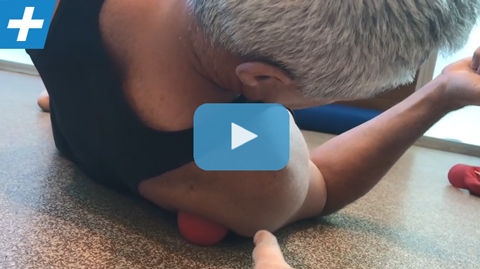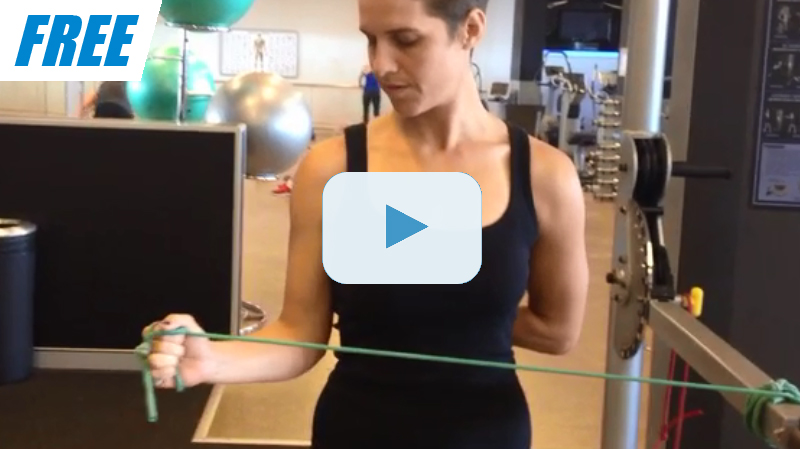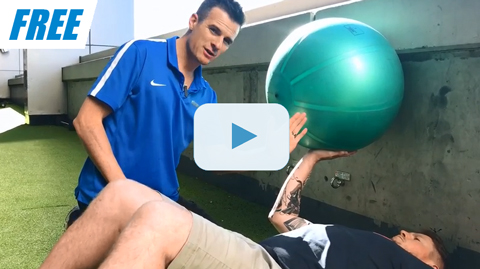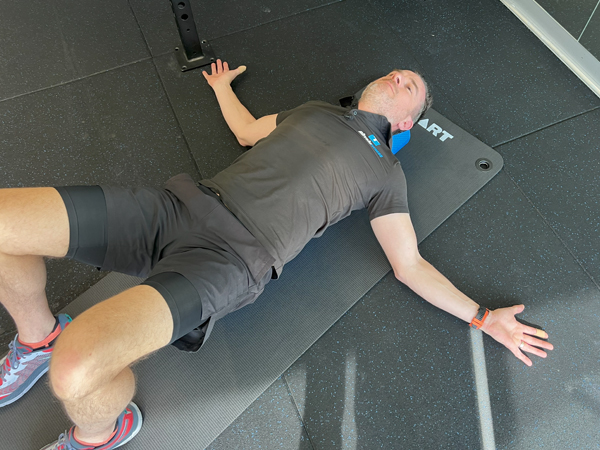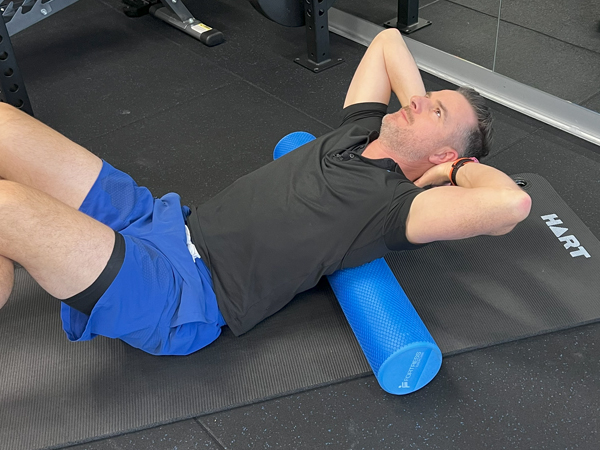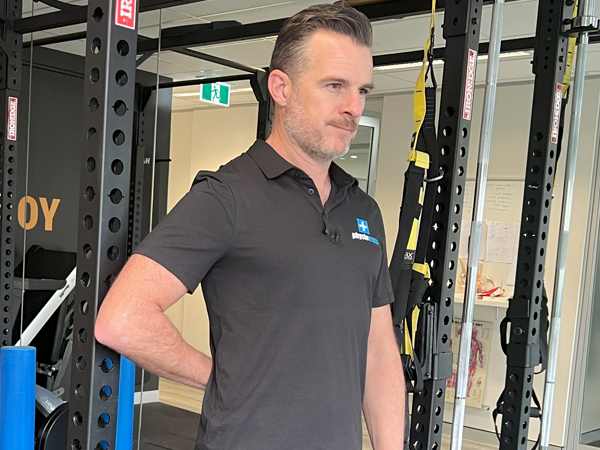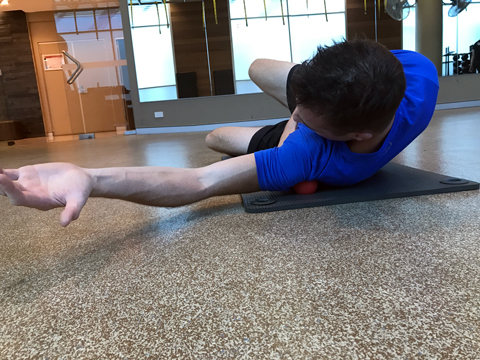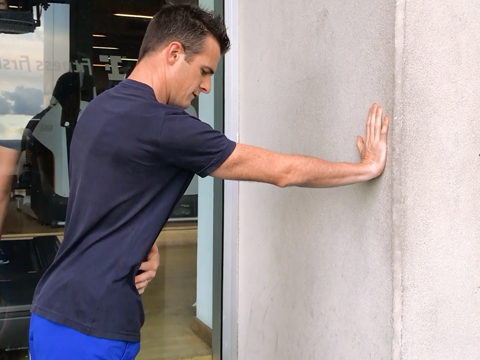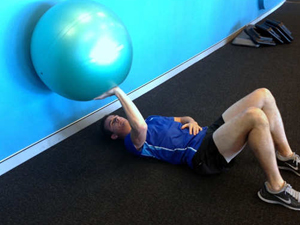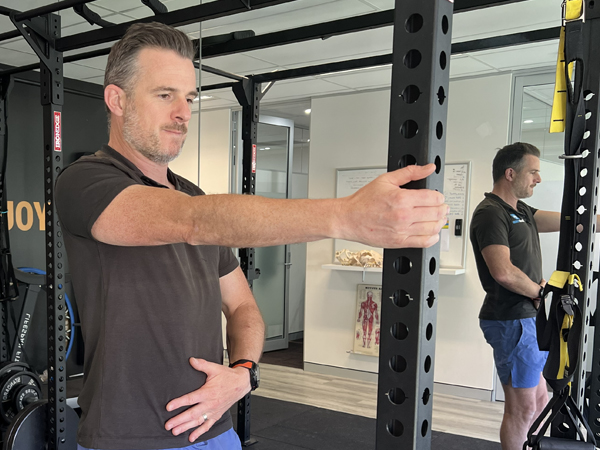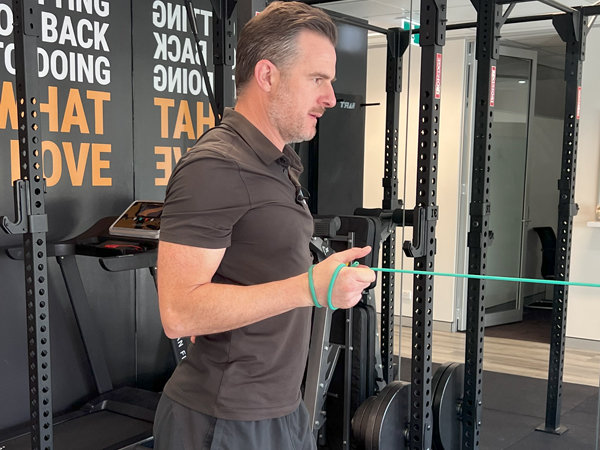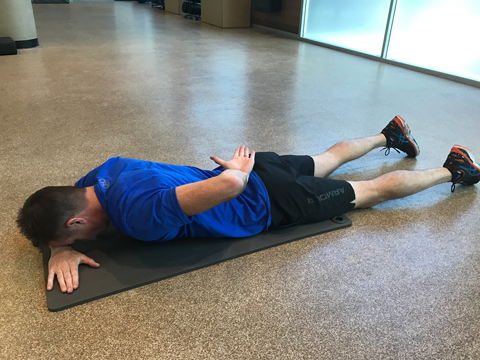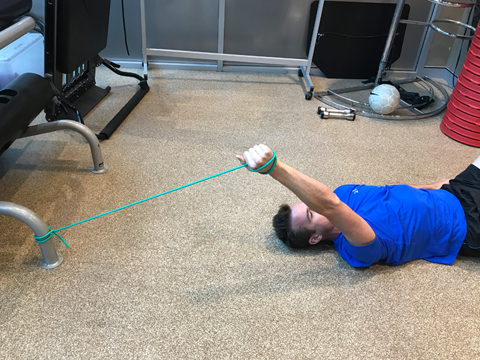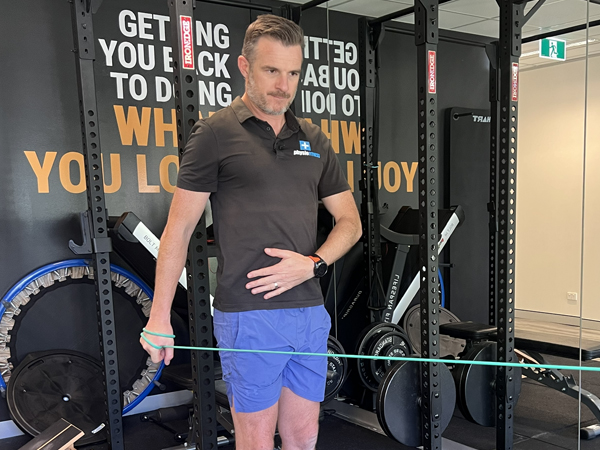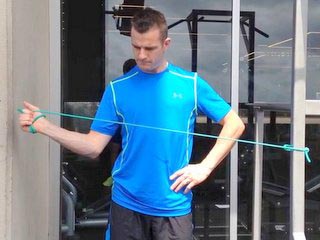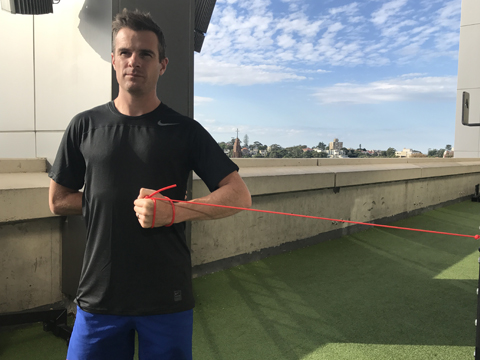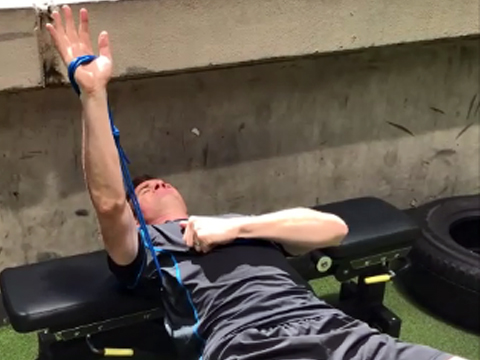Shoulder and Rotator Cuff Rehab | Weeks 03-04

PROGRAM STAGE PRE-REQUISITES1) Must have completed all exercises correctly as required in stage 1.
2) Checked in with your Physio to assess suitability for entry into stage 2 and correct any form or technique errors with exercises. 3) Able to do the scapula press without scapula elevation during the movement (winging is still ok at this point, but severe winging or instability should be addressed with the physio at check-in). 4) Can keep the shoulder blade stable in one position with abduction and external rotation of the shoulder joint. |
Physio Check-InVery important that at this stage you check in with your physio to look at your exercise technique with all the exercises in this stage and correct where necessary. Your good arm ( if you have one!) should be your internal guide and your coach as well as your benchmark of how to do it right. However having a professional practitioner looking at the way you move and having an objective eye on your form is best. The physio can also assess whether or not you are ready for stage 2, by making sure you can do all of stage 1 with no technique errors and have enough strength to handle the changes in stage 2.
|
Program InstructionsNow that you have completed the first 2 weeks you should feel like you have improved a little bit in your overall shoulder posture and feel like your shoulder is starting to strengthen and 'sit' in position a bit better. You won't see winging change much to the naked eye just yet but you can have improved feeling in stability and functional ability to load maybe easier with everyday activities. Weeks 3-4 build further on the foundations of scapula and shoulder joint stability, with introductions into strengthening. The trigger point ball work really helps improve the mobility of the rotator cuff muscles and soft tissues around the shoulder joint, releasing tight areas and therefore helping improve your ability to activate muscles. Always do the mobility before the SET A and B rehab exercises as a rule. Releasing tight areas also helps with impingement due to stiffness.
In SET A the scapula work shifts to one arm now that you have the basics on the movement and we challenge the load and stability of one arm as we take away the support of the other. There is also movement correction exercises such as the 1 arm row and scapular abduction slide which helps improve the scapulo-humeral rhythm problems that come with shoulder weakness. SET B largely focuses on regular rotator cuff strengthening work to increase the base platform of strength through the muscles and tendons, which will be greatly needed for stability and strength when you move overhead and into pressing forward and up in later stages. The lateral load from the band is very important, as used in the "gold standard" external rotation exercise, abduction and the standing side sprinter. |
Special NotesAs with the previous stage you may need to regress some of the exercises in SET B to "eccentric", in order to lighten the load for the first week if you are struggling with load or fatigue. Maybe even stay on this stage for longer than 2 weeks if need be, then progress to the level given before moving to stage 3.
|
